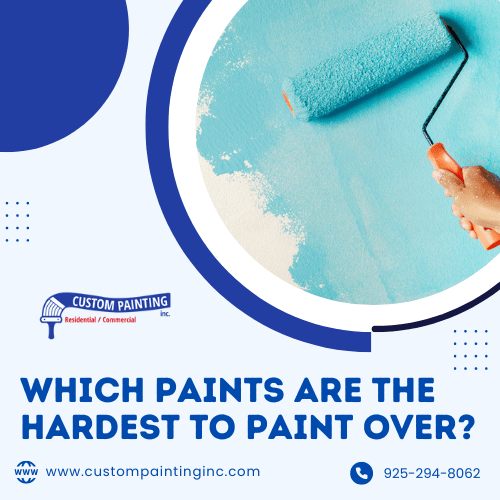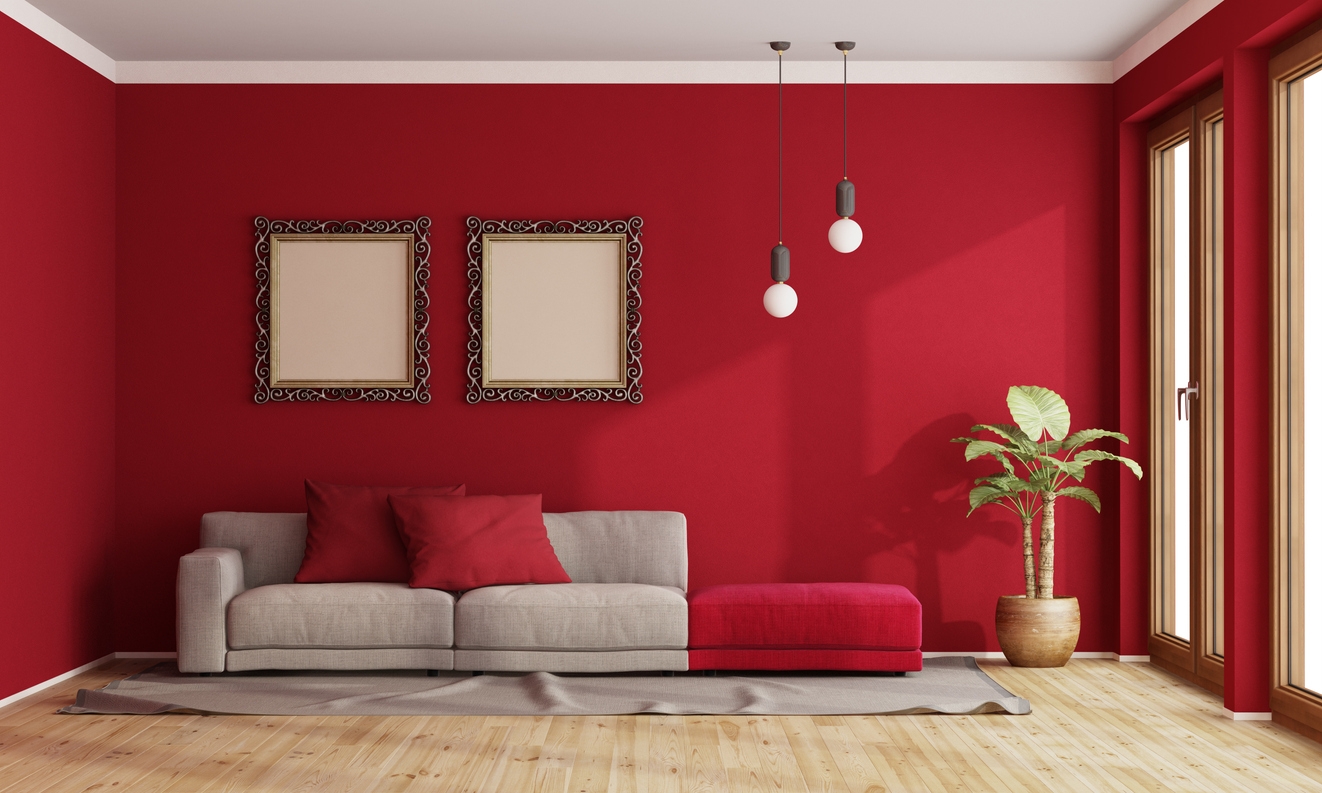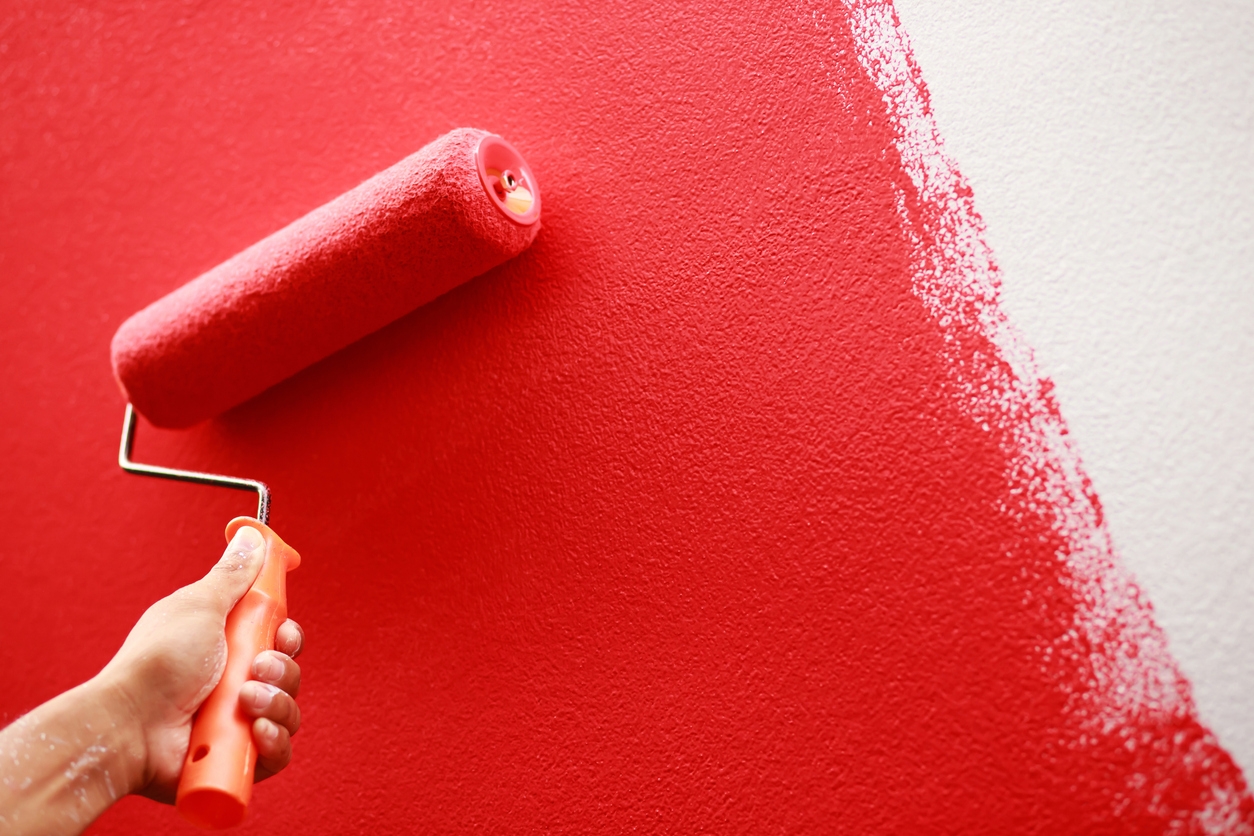Painting over existing paint can be tricky, especially if you don’t know which types are hardest to cover. Some paints require more preparation and specific techniques to achieve a smooth, lasting finish. In this article, we’ll look at the paints that are most challenging to paint over and offer tips on how to handle them effectively.
Why are Some Paints Hard to Paint Over?
Some paints are harder to paint over due to various factors. Understanding these reasons can help you prepare better for your painting project. Here are some reasons why certain paints are difficult to paint over.
- Glossy Finishes: Glossy paints create a slick surface that makes it difficult for new paint to adhere properly.
- Dark Colors: Dark paints can be challenging to cover as they often require multiple coats to achieve a uniform appearance.
- Oil-Based Paints: Oil-based paints can be tough to paint over with water-based paints because they don’t bond well without special preparation.
- Textured Paints: Textured paints can show through new layers of paint, making it hard to achieve a smooth finish.
- Stains and Mildew: Paints with stains or mildew are difficult to cover because these issues can bleed through new paint layers.
- Flaking or Peeling Paint: Surfaces with flaking or peeling paint make it hard for new paint to adhere, leading to an uneven finish.
- High Humidity Areas: Paint in high humidity areas can be difficult to paint over because moisture affects adhesion and durability.
Solutions for Painting Over Painted Surfaces
Painting over existing paint can be challenging, but with the right solutions, you can achieve a great finish. Here are some effective ways to handle different types of painted surfaces.
Sand the Surface
Sanding the surface helps create a rough texture that new paint can adhere to. This step is particularly important for glossy finishes, which can be too slick for new paint to stick well. Use fine-grit sandpaper to lightly sand the entire area, making sure to remove any shine.
After sanding, clean the surface thoroughly to remove dust and debris. This ensures a clean base to which the primer or paint can adhere. Proper sanding and cleaning can make a big difference in the durability and appearance of your new paint job.
Use a Primer
Priming the surface before painting can improve adhesion and coverage. Primers are designed to create a strong bond between the old paint and the new paint layer. Choose a primer that is suitable for the type of paint you are covering, such as a bonding primer for oil-based paints.
Apply the primer evenly across the surface and allow it to dry completely before painting. Primers can also help block stains and cover dark colors, making it easier to achieve a uniform finish with fewer coats of paint.
Apply Multiple Coats
Multiple coats of paint might be necessary when dealing with dark colors or heavily stained surfaces. Start with a primer to create a good base, and then apply at least two coats of your chosen paint. Each coat should be applied thinly and evenly to prevent drips and uneven coverage.
Allow each coat to dry completely before applying the next. This ensures that the paint layers bond properly and create a more durable finish. Multiple coats can help you achieve a professional look even when painting over challenging surfaces.
Clean the Surface
Cleaning the surface before painting is crucial for good adhesion. Dirt, grease, and mildew can prevent paint from sticking properly. Use a mild detergent and water to wash the surface thoroughly and let it dry completely before painting.
For surfaces with mildew or mold, use a mixture of water and bleach to clean them. This will kill any spores and prevent them from growing under the new paint. A clean surface is essential for achieving a long-lasting and attractive paint job.
Repair Damaged Areas
Fixing any flaking or peeling paint is necessary before repainting. Scrape off any loose paint and sand the edges to create a smooth surface. Fill in holes or cracks with putty and sand once it’s dry to ensure a flat and even surface.
Properly repairing damaged areas prevents further peeling and ensures the new paint adheres well. Skipping this step can result in an uneven finish and poor adhesion, which can shorten the lifespan of your paint job.
Choose the Right Paint
Selecting the appropriate paint for the surface is important for achieving a good finish. Use mold-resistant paint for high-humidity areas like bathrooms. For high-traffic areas, choose durable washable paints that can withstand wear and tear.
Consider the finish of the paint as well. Glossy or semi-gloss paints are easier to clean and more durable, making them suitable for kitchens and bathrooms. Flat or matte finishes are better for hiding imperfections and are ideal for ceilings and low-traffic areas.
Use Quality Tools
Using high-quality brush, rollers, and painter’s tape can significantly affect the outcome of your project. Quality tools help apply paint more evenly and reduce the chances of streaks and drips. They also make the job easier and faster.
Investing in good tools can save you time and frustration. They can also improve the overall look and durability of your paint job. Cheap tools may leave you with an uneven finish and require more effort to achieve the desired results.
Finding the Best Painters for Painting Over Surfaces
Choosing the right painters for painting over surfaces is key to achieving a great finish. Here are some tips to help you find the best painters for your needs.
- Ask for Recommendations: Talk to friends, family, and neighbors who have had a painting done recently. Personal referrals are often the most trustworthy.
- Check Online Reviews: Look at reviews on Google, Yelp, and Angie’s List. Reading other customers’ experiences can give you a sense of the painter’s reputation.
- Verify Credentials: Make sure the painters you consider are licensed and insured. This protects you in case of any accidents or damages.
- Get Multiple Quotes: Contact several painters to get quotes for your project. Comparing quotes helps you find the best value and understand the market rate.
- Review Portfolios: Ask to see examples of previous work. This can help you gauge the quality and style of their painting.
- Ask for References: Request references from past clients and follow up with them. Talking to previous customers can provide insight into the painter’s reliability and work ethic.
- Assess Professionalism: Notice how the painter communicates and presents themselves. A professional demeanor often indicates quality work.
- Discuss the Details: Have a detailed conversation about your project. Make sure the painter understands your expectations and any specific requirements.
Conclusion
Painting over certain types of paint can be challenging due to factors like glossy finishes, dark colors, and oil-based layers. Proper preparation, such as sanding, priming, and cleaning, is key to overcoming these challenges and ensuring a smooth and lasting finish.
For professional help with painting over difficult surfaces, contact Custom Painting, Inc. Call us at 925-294-8062 or fill out our Contact Form.



